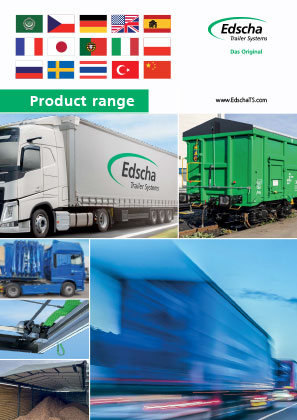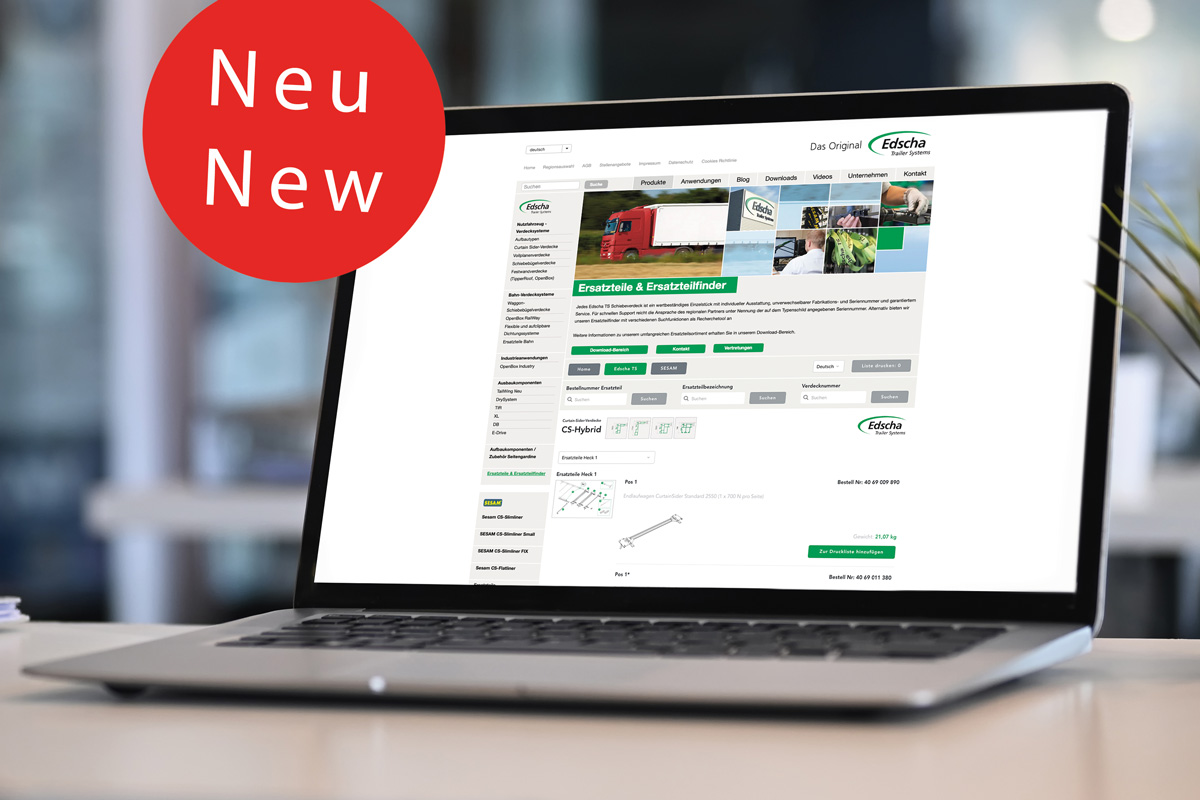Shaping the future
Tomorrow's driver will be more than ever a traveling logistics manager than just the driver of a truck. The key factor here is the ever-advancing digitalization in the logistics sector, even today. Topics such as autonomous driving, telematics, route monitoring, electronic processing of transport traffic (customs, freight documents), but also new vehicles with new drives that can be used flexibly (electric trucks or hydrogen, for example) Or the truck in which the top opens automatically as soon as you drive slowly up to the ramp. While the driver drinks a coffee, robots unload or load the vehicle. One push of a button, the top closes, and the freight documents are forwarded to the control center via computer. The next job is already waiting. So if you're interested in technology, exciting tasks and varied work, you've come to the right place. A current side effect: Logistics companies are currently desperately looking for qualified drivers. Too many drivers are retiring, partly for age reasons. And there are too few new recruits. You can see that the next place as a driver is actually already reserved. A place for young, perfectly trained "logistics drivers" who are a true "economic factor" with their profession.
Retraining
There are various ways to become a professional driver. For example, you can retrain if you have already completed vocational training. Such a retraining can be supported by the employment agency. Depending on previous knowledge, this training takes about 24 months. During the retraining, you learn everything you need in theory and practice to be fit for the job of a driver.

Or a training position
An apprenticeship in a logistics company is certainly the "normal" way for school leavers to later be on the road as a driver. Assistance in finding a training position can be found, for example, on job boards on the Internet (such as Stepstone, or Indeed), the employment agency or the Chamber of Industry and Commerce. Sometimes "word-of-mouth" also helps to find out where things are "going". It is also advisable to ask directly at a logistics company where you would like to work later on. Tip: Larger logistics companies have their own training departments where there is a good chance of getting a training position immediately.
A good certificate is the ticket
You need a good school leaving certificate to train as a professional driver. You also need to enjoy technology, have a sense of responsibility and be absolutely reliable. Punctuality is also one of the positive qualities you should have. The training itself lasts three years and is carried out within the framework of a so-called dual vocational training - i.e. in the vocational school as well as in the training company.
Start small - make it big
Anyone who has now "conquered" a training position will unfortunately have to wait a while for their first ride in a truck or other commercial vehicle. First of all, the theoretical part of the "journey" begins. Even in the first few weeks, you learn a lot of things that you will definitely need in practice later on. The special traffic regulations for trucks, for example. Or how best to plan your journeys from A to B. You also have to learn how to deal with customers. And, of course, you have to know how to check your vehicle safely or how maintenance and care work.
Driving license
You also get your truck driver's license during training. Nothing works without it, even if you already have a Class B driver's license, for example. As a professional driver, you mainly need the C and CE licenses. The class C license allows you to drive vehicles weighing 3.5 tons or more. The CE license entitles you to drive large towing vehicles with trailers or semi-trailers that weigh more than 750 kilos.
The first kilometers
It goes without saying that training also includes professional driver training. After all, you're supposed to be able to safely steer one of these impressive, not exactly small, trucks later on. Not easy for a beginner. But if you develop a certain feeling for the job and "your car" in addition to the technical knowledge, you will progress quickly and safely with your driving skills. By the way, in practice you also learn how to handle other important components of your car. E.g. with a tarpaulin system from Edscha TS, as found on many trucks. Tip: You can find a lot of information on this topic on the Edscha TS pages on the Internet (https://edschaTS.com).
Now it's time to go
Once you have passed your training and obtained your training certificate, you are finally a professional driver. And then you work for a forwarding agency, where you are on tour with your truck all over Europe. Or you deliver goods of all kinds to regional businesses. Or maybe you'll be behind the wheel of a coach or a bus for local public transport. If you want to achieve more, you can, for example, take a further examination as a master craftsman in road transport. With a high school diploma, it is then also possible to enroll in a bachelor's degree program in logistics.






